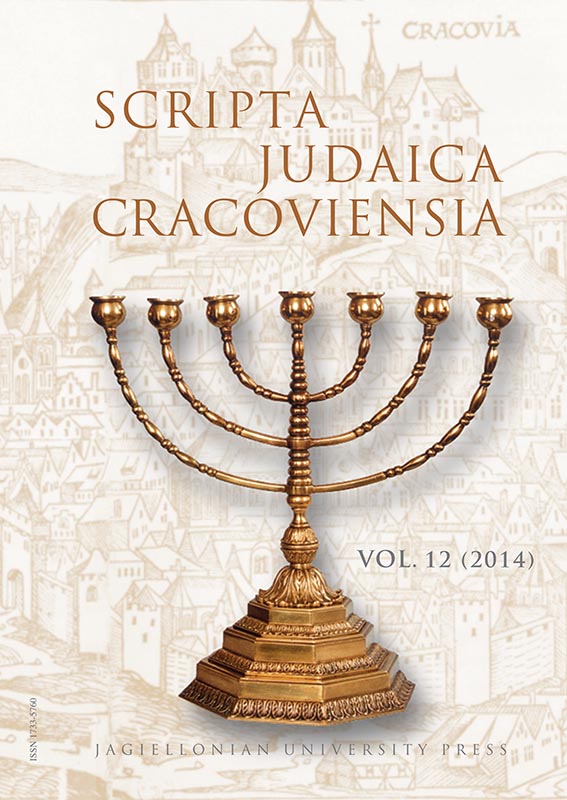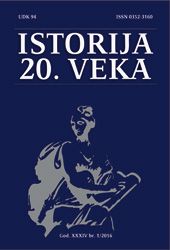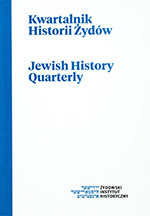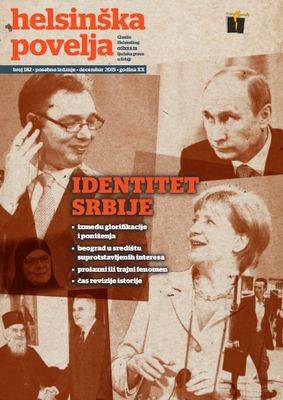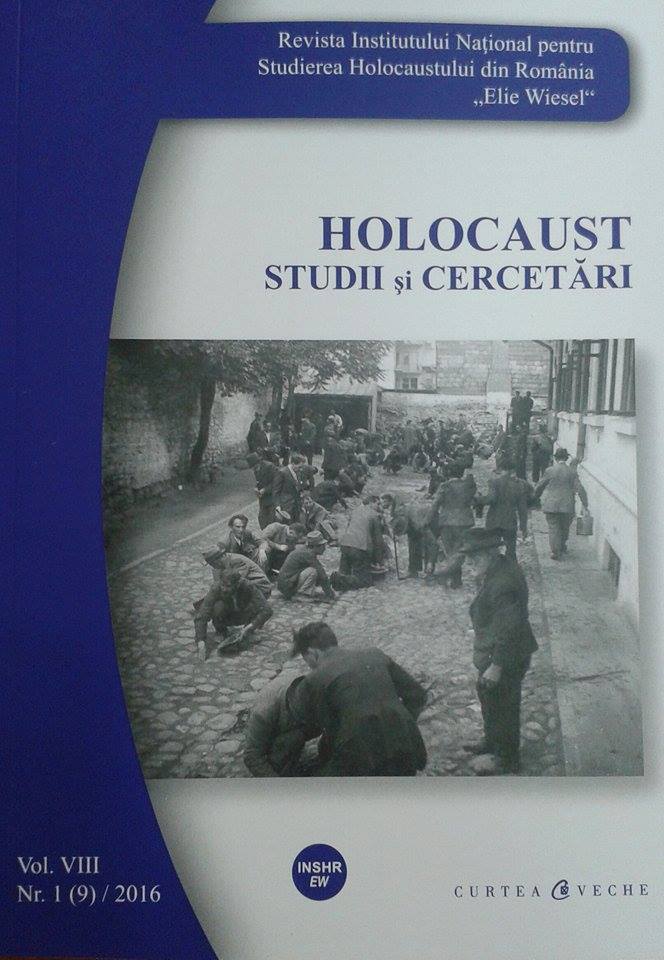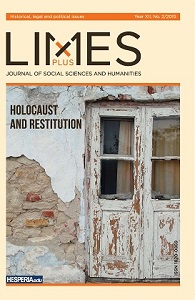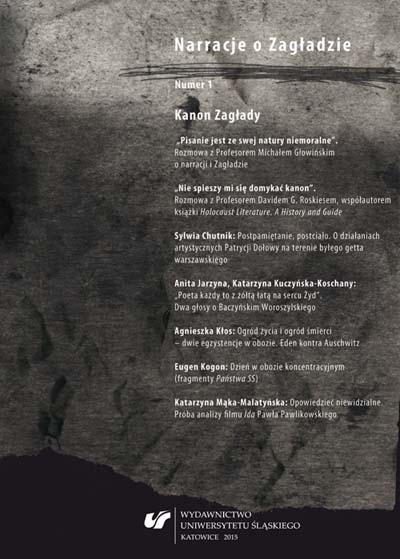
„Biografie składają się również z zapętleń”. Nieopowiedziane życie Ireny Gelblum
The article presents the book by Remigiusz Grzela entitled "Wybór Ireny" in the context of the contemporary controversies/debates about the biographies and the narrations about the Shoah. In this case the “biographical loops” result both from the life attitude of the female protagonists who are described as well as from the strategy that was embraced by the biographer. The messenger of the Jewish Combat Organisation disassociated herself from her past and created a new image and biography for herself. The writer is continuously poised between the truth that he intends to reveal and fiction – a mystification put forward by Irena Gelblum vel Waniewicz vel Conti Di Mauro. Thus a story emerged whose essence (and significance) consists not so much in familiarising the reader with the figure and the tragic experiences of one of the “scorched” ones but in the exhibition of the ethical and literary problems associated with an attempt at presenting such a story.
More...
